Tennis court hid ruins of 500-year-old church in Hungary — until now. Take a look
- Oops!Something went wrong.Please try again later.
A deadly fight. A church lost for centuries. And a tennis court.
What do these seemingly unrelated items have in common? Archaeologists recently uncovered the answer in Visegrád, Hungary.
Situated on the banks of the Danube River, Visegrád is best known for its imposing 13th century castle that once served as a royal palace. About three years ago, local officials launched a large-scale development project to restore the castle and its surroundings.
As part of the ongoing project, archaeologists excavated a tennis court near the castle — and found the ruins of a 500-year-old church, Hungary’s National Archaeological Institute said in a May 9 Facebook post.
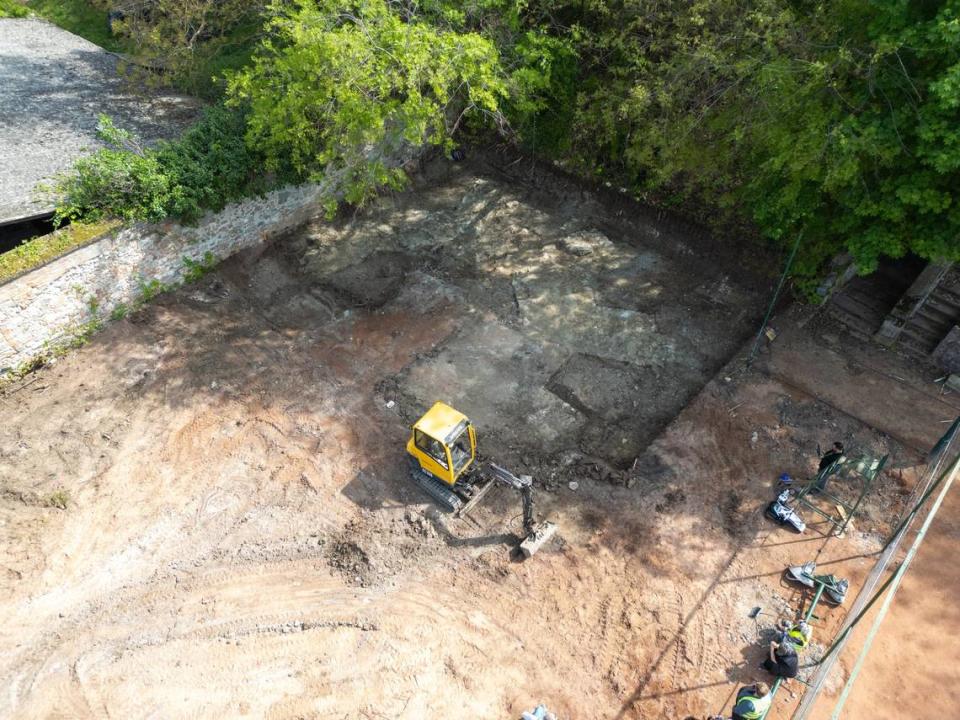
Uncover more archaeological finds
What are we learning about the past? Here are three of our most eye-catching archaeology stories from the past week.
→ Archaeological site robbery report leads to ancient discoveries in Peru
→Medieval treasure — belonging to legendary scammer — discovered in Poland mountains
→ Rare collection of centuries-old fabric and shoes discovered in Poland. Take a look
Archaeologists identified the ruins as the Church of the Virgin Mary, a Franciscan monastery founded by a Hungarian king in 1425 and expanded throughout the 1400s, the Visegrád Renaissance Development Program said in an April 12 Facebook post.
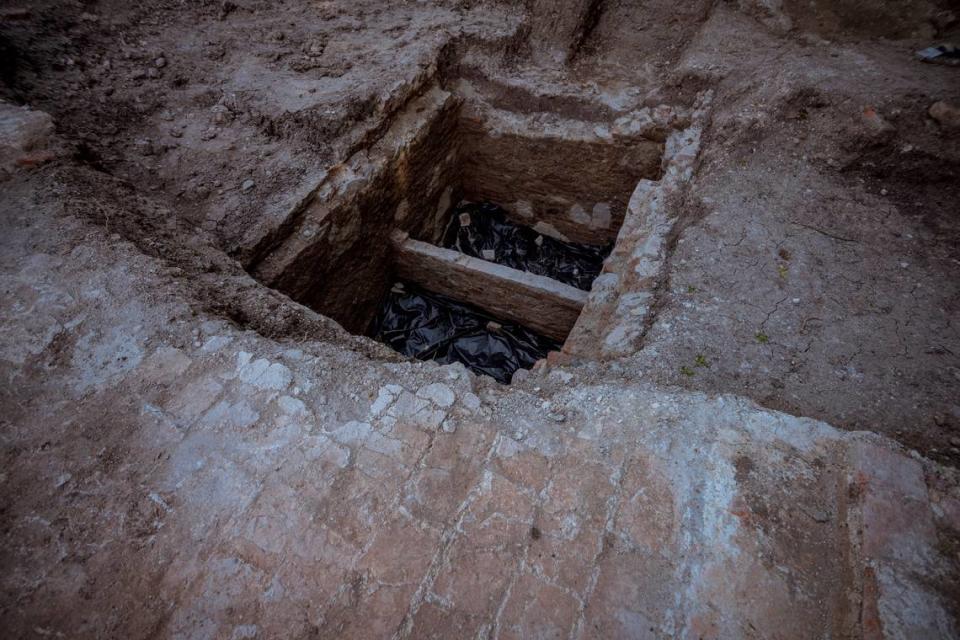
Excavations quickly uncovered the church’s foundation, main altar and collapsed crypt. The church’s vaulted ceiling had also crumbled at some point and was reduced to a pile of fragments, archaeologists said.
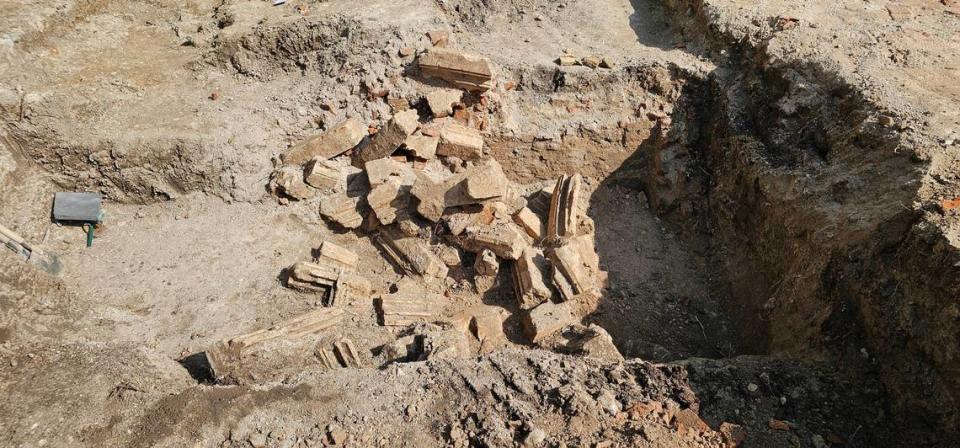
Inside the collapsed crypt, archaeologists found traces of a deadly clash, the institute said. Three bodies, possibly soldiers, were found near rifle bullets and a damaged plate that was likely used as a makeshift shield.
Based on the remains and artifacts, archaeologists suspect the church was looted and, in the process, became the site of a deadly confrontation.
The church was probably destroyed soon after the Ottoman Empire took control of Visegrád in 1544 and eventually forgotten, the institute said.
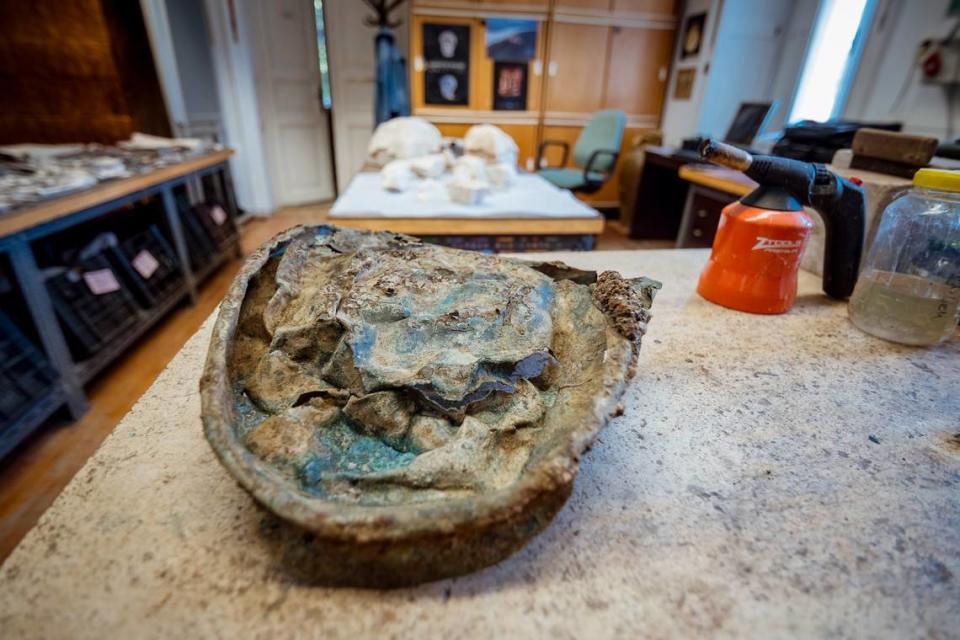
A few fragments of the church were found in the 1980s, development officials said. Follow-up excavations took place at the time but did not find much because the tennis court was in the way.
Archaeologists plan to continue analyzing the artifacts and ruins. The larger Visegrád castle restoration project is ongoing.
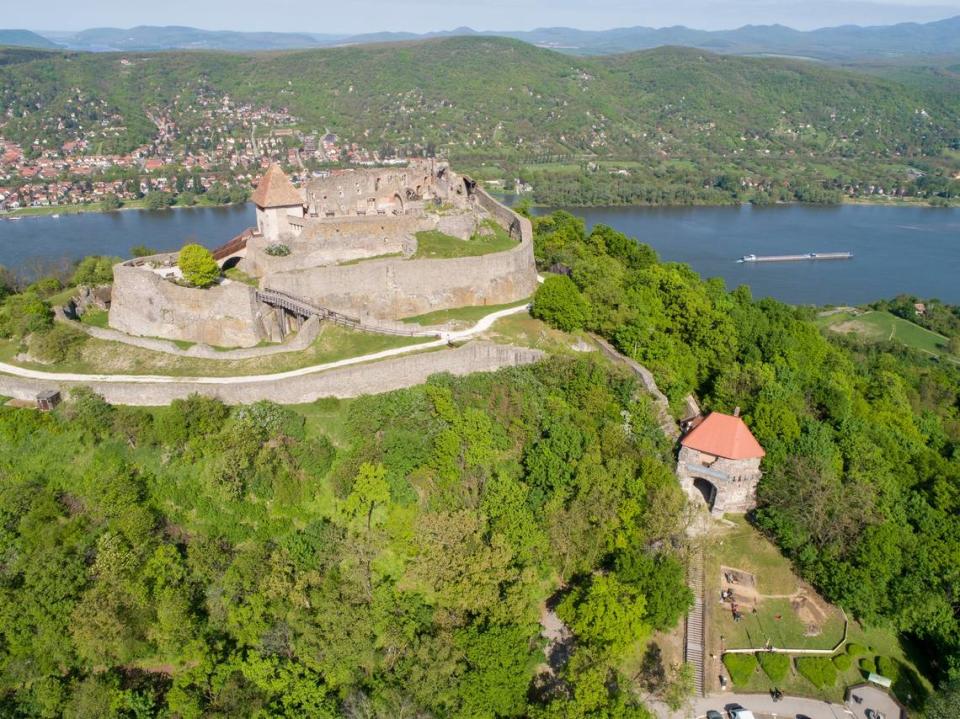
Visegrád is a roughly 25-mile drive north of Budapest and near the border with Slovakia.
Google Translate and Facebook Translate were used to translate the Facebook posts from Hungary’s National Archaeological Institute and the Visegrád Renaissance Development Program.
Ancient family’s tomb uncovered after 1,800 years in China. See the treasures inside
2,000-year-old Roman lead bars found in Spain shed light on ancient mining, study says
Gardener weeding a raspberry patch unearths 4,500-year-old tool in Poland. See it

